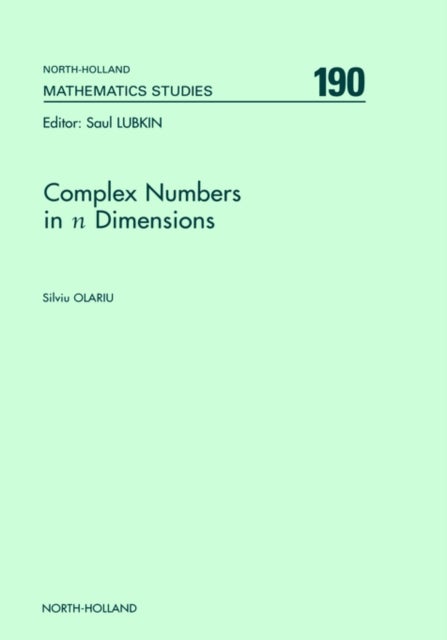
Complex Numbers in n Dimensions av S. (National Institute of Physics and Nuclear Engineering Bucharest Romania) Olariu
849,-
Two distinct systems of hypercomplex numbers in n dimensions are introduced in this book, for which the multiplication is associative and commutative, and which are rich enough in properties such that exponential and trigonometric forms exist and the concepts of analytic n-complex function, contour integration and residue can be defined.<p>The first type of hypercomplex numbers, called polar hypercomplex numbers, is characterized by the presence in an even number of dimensions greater or equal to 4 of two polar axes, and by the presence in an odd number of dimensions of one polar axis. The other type of hypercomplex numbers exists as a distinct entity only when the number of dimensions n of the space is even, and since the position of a point is specified with the aid of n/2-1 planar angles, these numbers have been called planar hypercomplex numbers.<p>The development of the concept of analytic functions of hypercomplex variables was rendered possible by the existence of an exponential








